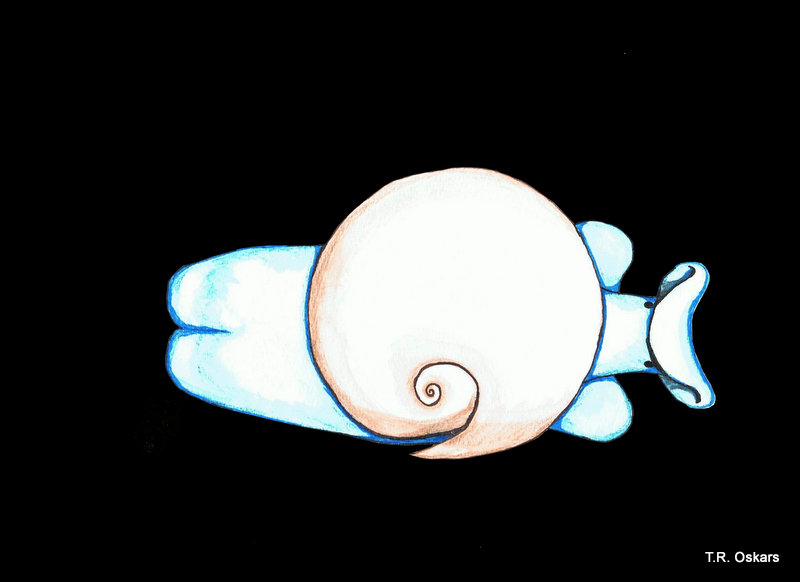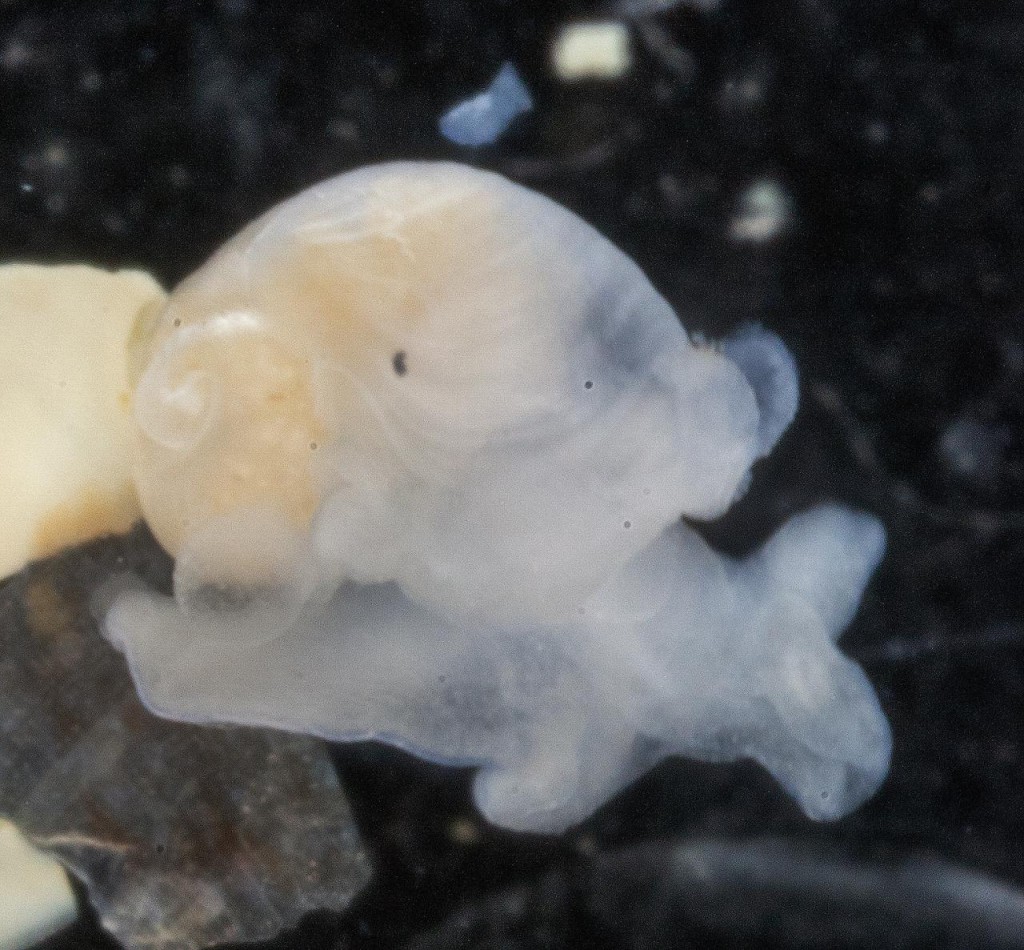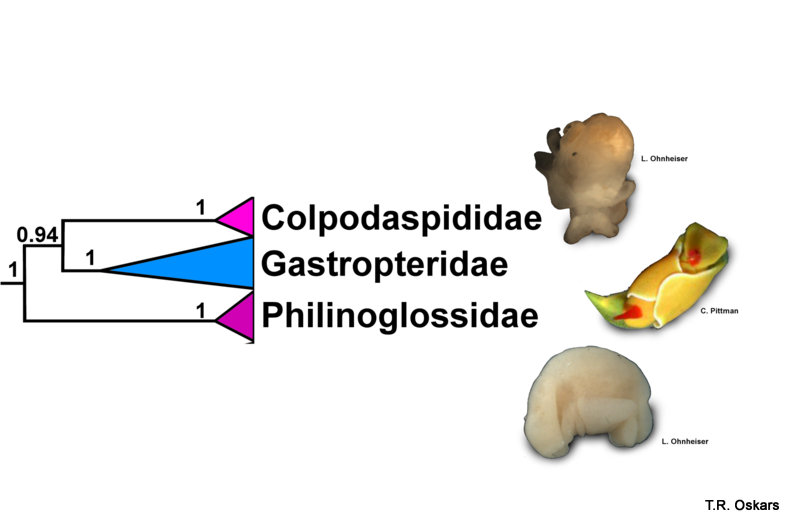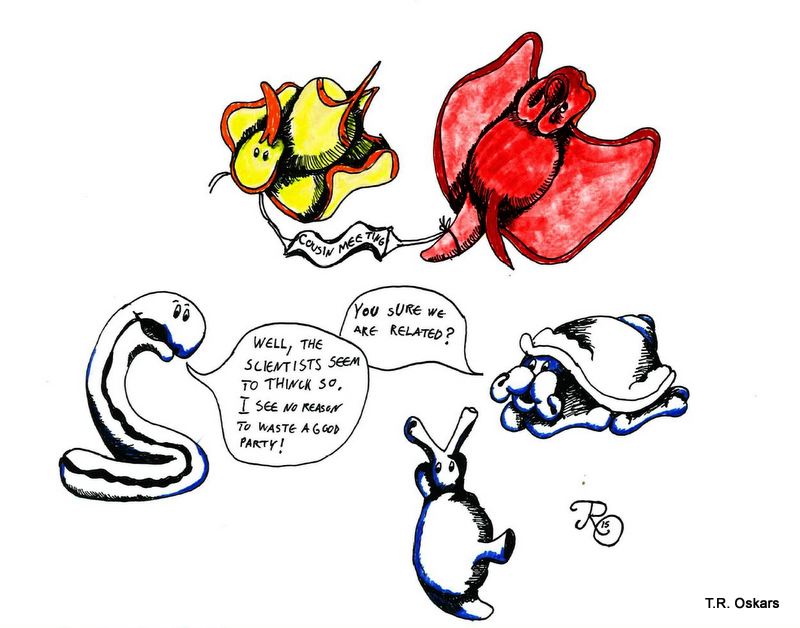I think we can all agree that sea slugs are amazing creatures. Some species contain toxins that are useful for cancer research and others are photosynthetic! There are a few species of sea slugs that have the ability to photosynthesize. But beware; the ability for them to do the thing that plants and algae are good at (photosynthesis), doesn’t always mean they are solar-powered. And I will explain you in the next few lines what I mean with that.
There are two families of sea slugs known to have a few species within them that can photosynthesize; it’s within the family of Facelinidae and the family of Sacoglossa.
Within the family of Facelinidae we have the genus Phyllodesmium; and all species in this genus are considered solar-powered, meaning that they get a part of their daily energy intake via photosynthesis. At the moment the theory goes that they are able to do so as they contain photosynthetic zooxanthella stolen from their feeding source (soft corals), and they continue to ‘farm’ these zooxanthellae in their own bodies. The species Phyllodesmium longicirrum masters this trade and is best known as the solar-powered Phyllodesmium
The other family does things quite differently but nevertheless as impressive; those are the Sacoglossa.
Unlike Phyllodesmium, they don’t farm zooxanthella but they steal the photosynthetic cell organelles (chloroplasts or plastids) from the algae they feed on; also known as kleptoplasty (Kleptes (κλέπτης) Greek for thief). Approximately 140 years ago these sea slugs were first described by de Negri and de Negri, who discovered that these sea slugs were green colored due to foreign ‘bodies’ that were reminiscent to those known from plants. It took at least another 100 years before the ‘granule bodies’ were identified to be chloroplasts from the algae the slugs feed on. Sacoglossa are also known as sap-sucking sea slugs because of the way they eat their algae; at first, the sea slugs pinch a whole in the algae wall with their special teeth, called the radula. Then they suck out the cytosolic content of the algae (hence the name sap sucking sea slugs). Finally, the cytosol content is being digested in the digestive tract that perforates the entire body and within some species the chloroplasts are being sequestered and continue to photosynthesize in the animal’s digestive cells

Sap-sucking slug sequestering chloroplasts from the algae it feeds on (figure from Rauch et al. 2015)
Although the sea slugs are famous for their ability of stealing chloroplasts, they only represent a minority within the Sacoglossa. In fact, only 6 out of 300 described species, can keep the chloroplasts fully functional for long term, or long-term retention species; that is the chloroplasts are photosynthetic active for longer than 21 days after sequestration. The gross majority are either short term retention species (with functional chloroplasts up to 14 days or more) or cannot retain the chloroplasts at all (called non-retention species). This means that the chloroplasts are immediately being digested like the rest of the algae content.
So why are Sacoglossa photosynthetic but not solar powered like Phyllodesmium? Well this is because numerous studies observed how the sea slugs died as soon as they were being starved (meaning they couldn’t eat their algae food anymore) even though they had photosynthetic active chloroplasts in their cells. Besides, based on CO2 fixating measurements, it turned out that 99% of the sea slug has to live from normal ingested food, like all other animals do. This could very well explain why only 6 out of the 300 described species are able to sequester chloroplasts long-term, and apparently for reasons other than carbon fixation!
The take home message is that this case of photosynthetic and solar-powered sea slugs is a great example of how good science is about resisting the pull of easy conclusions. When something seems right at first, it should still be testified!
Furthermore
Interested in photosynthetic sea slugs? You can read more in the following papers that are also used as source for this blog:
- A sea slug’s guide to plastid symbiosis (2015) J De Vries, C Rauch, G Christa, SB Gould, Acta Societatis Botanicorum Poloniae 83 (4)
- Why it is time to look beyond algal genes in photosynthetic slugs (2015) C Rauch, J Vries, S Rommel, LE Rose, C Woehle, G Christa, EM Laetz (…), Genome biology and evolution 7 (9), 2602-2607
- On being the right size as an animal with plastids (2017) C Rauch, P Jahns, AGM Tielens, SB Gould, WF Martin, Frontiers in plant science 8, 1402
- Mitochondrial Genome Assemblies of Elysia timidaand Elysia cornigera and the Response of Mitochondrion-Associated Metabolism during Starvation (2017) C Rauch, G Christa, J de Vries, C Woehle, SB Gould, Genome biology and evolution 9 (7), 1873-1879
- The ability to incorporate functional plastids by the sea slug Elysia viridisis governed by its food source (2018) C Rauch, AGM Tielens, J Serôdio, SB Gould, G Christa, Marine Biology 165 (5), 82
Would you like to see pictures of sea slugs that you can find in Norway? Check out the Sea slugs of Southern Norway Instagram account,and don’t forget to follow us!
Become a member of the sea slugs of Southern Norway Facebook group, stay updated and join the discussion.
Explore the world, read the invertebrate blogs!






